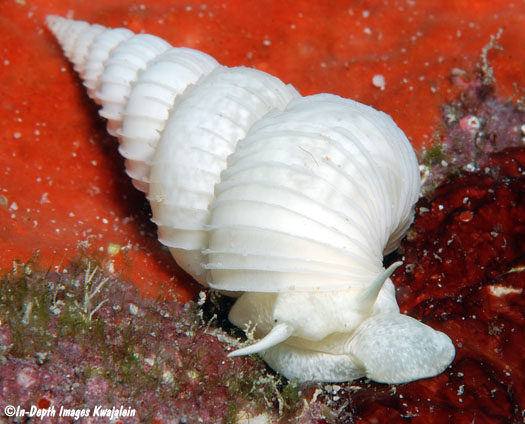
This appears to be Epitonium grayi. At Kwajalein, this species is rather commonly found in sand under the large anemonefish-hosting sea anemone Stichodactyla haddoni. Many but not all of these anemones are infested with these snails, which usually cannot be seen without carefully lifting up the anemone's skirt to see the sand underneath. While the shells are usually buried in the sand, their eggs, packed into clusters of sand balls, are usually on the surface and visible. The shells can be revealed by carefully digging in the sand beneath the egg clusters. Again, this must be done carefully. While the anemone usually does not seem bothered by gently lifting its skirt, too much manhandling will cause it to retract into the sand, leaving a host of small anemonefish and various commensal crabs and shrimp exposed to possible predation. This species is similar to what we are calling Epitonium irregulare, but differs in having numerous, more distinct fine spiral striae between the axial costae, and they do not seem to share the same habitat. While we always find E. grayi associated with Stichodactyla haddoni anemones, E. irregulare has been found in sand under rocks or under Herpolitha limax corals.

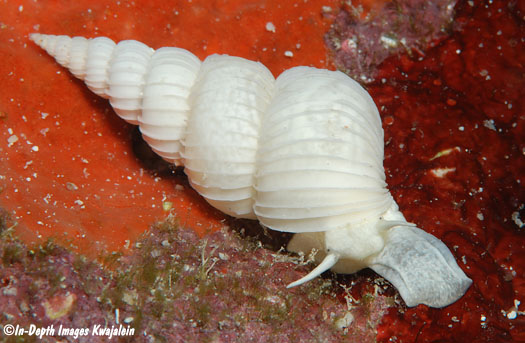
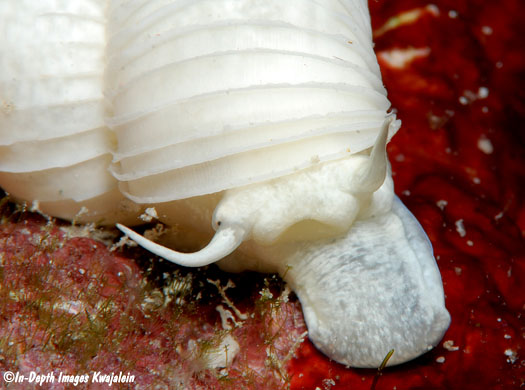
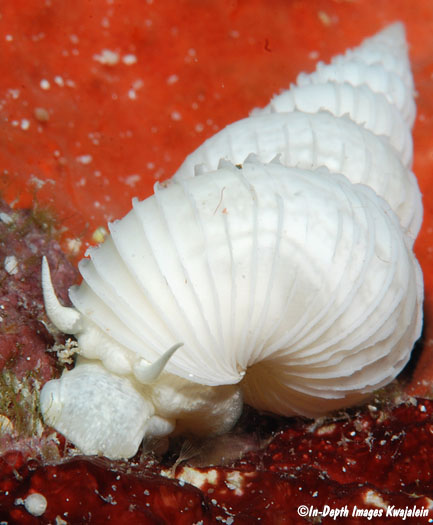
Eggs, packed into clusters of sandy balls, are visible in the rest of the photos below.
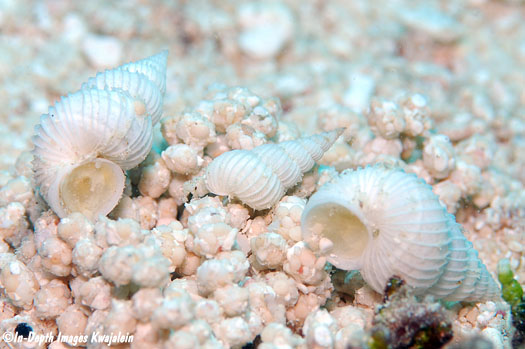
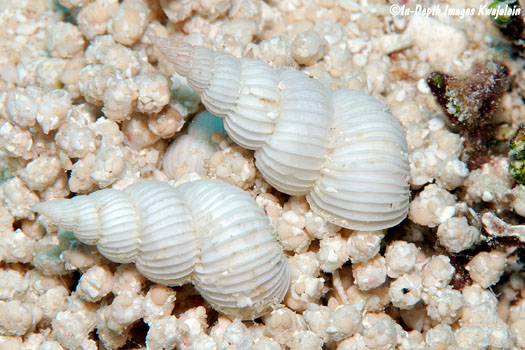
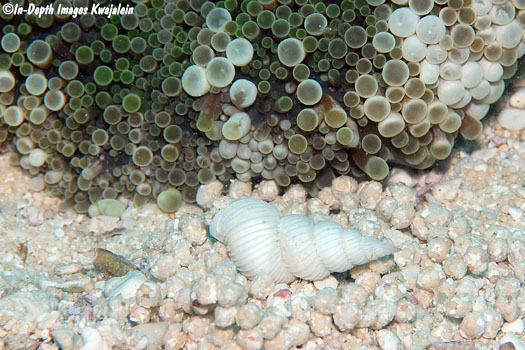
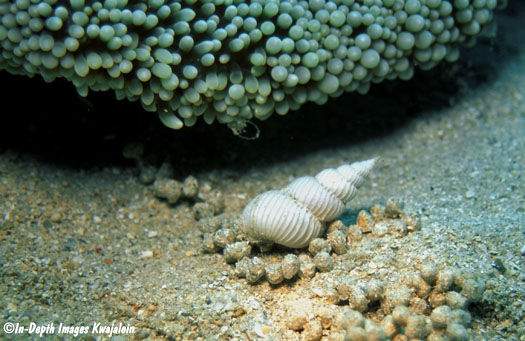
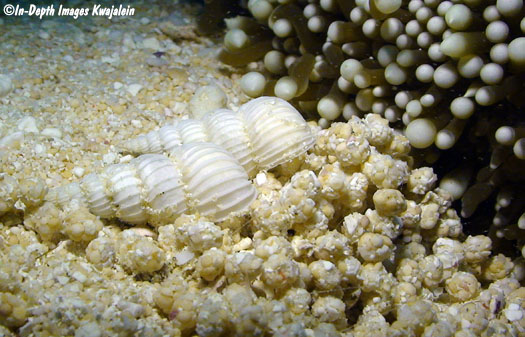
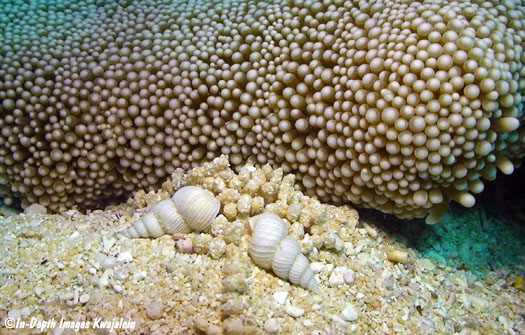
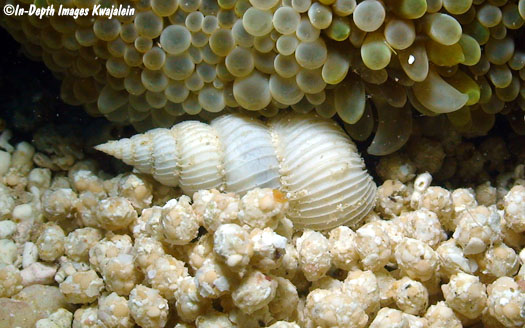
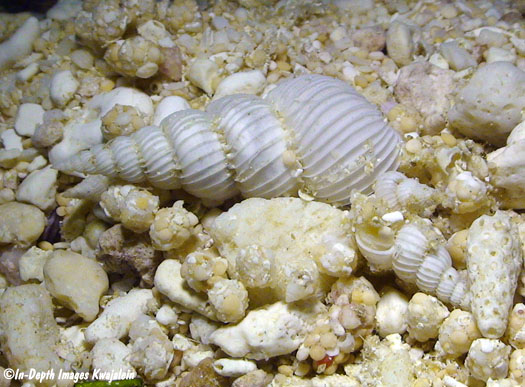
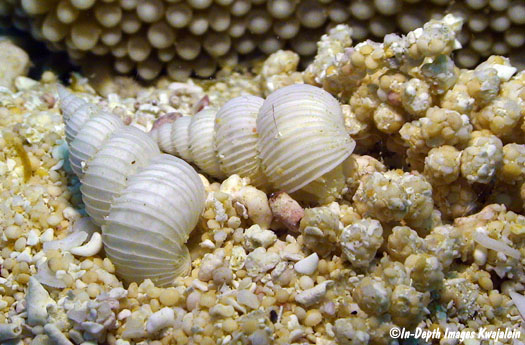
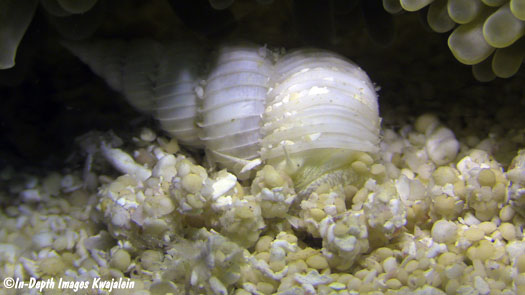
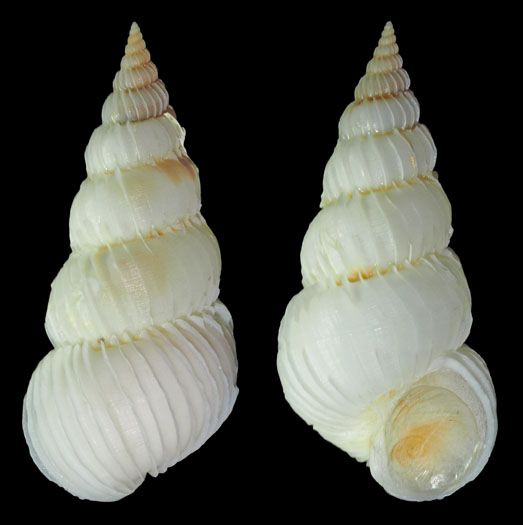
Note the fine spiral striae between the axial costae.
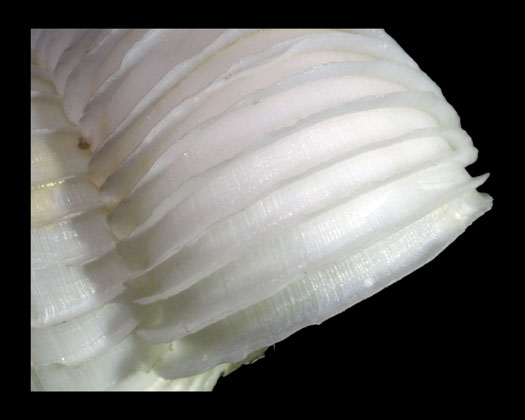
Created 17 April 2017
Updated 25 June 2019